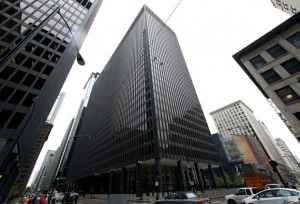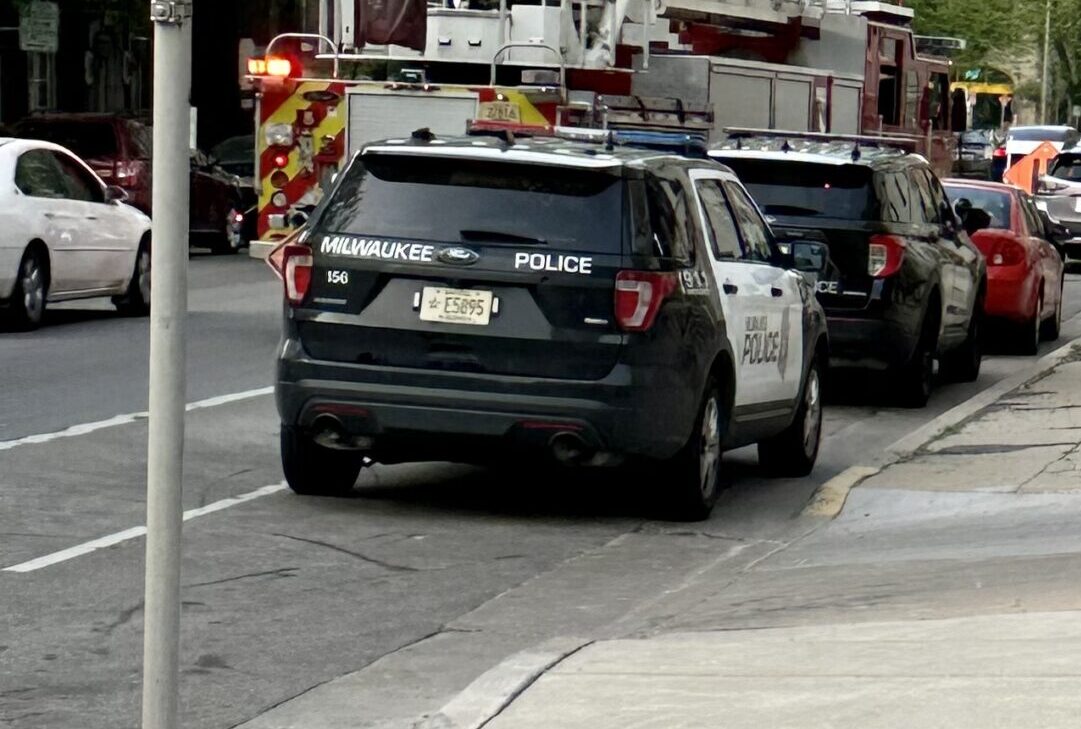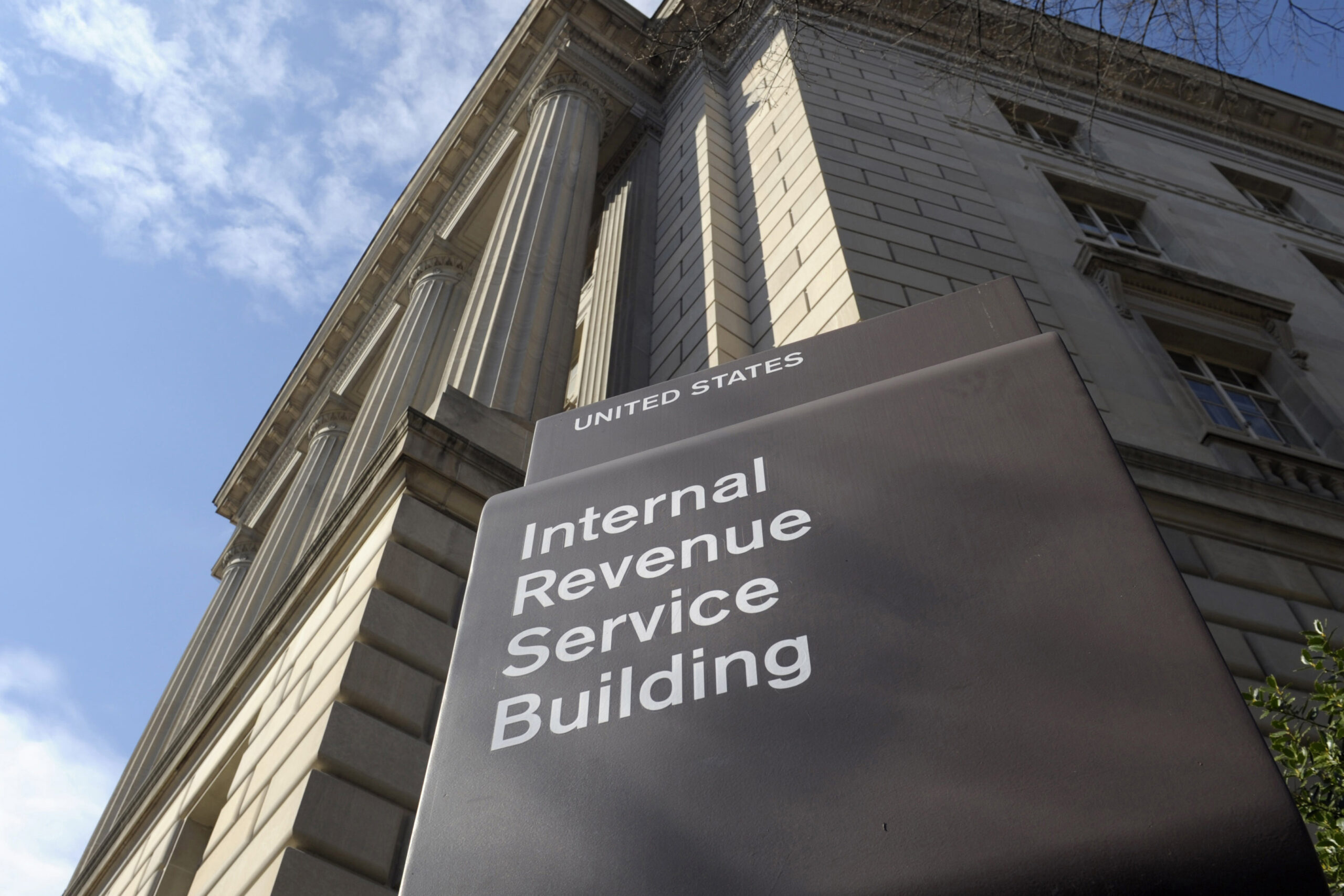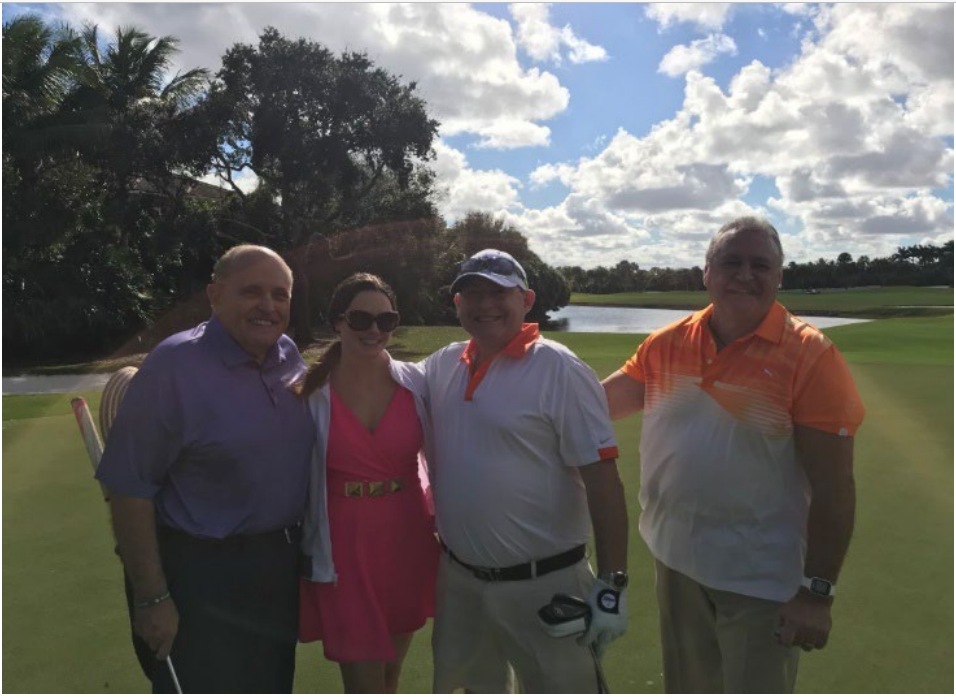7th Circuit considers allowing arguments via video
By: Eric Heisig//May 19, 2014//

Officials with the 7th U.S. Circuit Court of Appeals are considering allowing some oral arguments to be done by video.
The idea is in the discussion and research phase, and no timetable has been set, but Circuit Executive Collins Fitzpatrick said Chief Judge Diane Wood is excited to explore the possibility.
The circuit’s 14 judges all would have to agree for the option to be put in place.
In the meantime, Fitzpatrick said, a lot of logistics still need to be worked out, such as ensuring everyone has a fast enough Internet connection and whether conferencing would take place in the federal courthouses in Wisconsin, Illinois or Indianapolis.
Wood did not immediately return a phone call Monday.
Early discussions suggest video conferencing would not be used in most cases, Fitzpatrick said. But it would present an attractive alternative if, say, bad winter weather prevents an attorney from Wisconsin or Indiana from traveling to Chicago, where the court is based.
“We’ve had a good number of times when the sheriff or state police said you can’t be on the roads,” Fitzpatrick said.
He also said they are considering it because it can be expensive for an attorney to travel to Chicago and argue for 15 minutes or so.
Still, he said, “people fly across the country to (Washington,) D.C. for 30 minutes of Supreme Court arguments, or 15 minutes of testimony on the Hill.”
The Wisconsin Judicial Council, which met on Friday, briefly discussed the idea, saying Wood recently discussed it at a 7th Circuit Bar Association meeting. Bar Association President Michael Halfenger, a bankruptcy judge in Milwaukee, did not immediately return a phone call Monday.
Video conferencing could offer a better option than the phone alternative attorneys now have. Seventh Circuit judges received 2,909 cases during Fiscal Year 2012-13, according to the U.S. Courts website. Of those, the judges heard oral arguments in about 800, Fitzpatrick said, and about a dozen had at least one attorney arguing by phone.
That usually happens if an attorney has a court proceeding in another state at the same time.
Cameras have been used in other parts of the country for oral arguments. The Manhattan-based 2nd U.S. Circuit Court of Appeals – which hears cases from New York, Connecticut and Vermont – started using them in 1997, Karen Milton, circuit executive for that district, said.
She said they stopped using them regularly in 2006 when the court was displaced from the Thurgood Marshall United States Courthouse for renovations. However, since it moved back in last year, they are looking at doing more with current technology.
“When we were in our own courthouse it worked fairly well,” Milton said, explaining that attorneys from the U.S. Department of Justice often would use them if they worked in courthouses in Albany or Syracuse, N.Y.
Still, Fitzpatrick said, the judges prefer attorneys come to Chicago for oral arguments. Technology could potentially present problems, such as the video and audio feed not syncing, he said.
“All the judges always prefer in-face presentations … you get a lot more visual clues of the communications better,” Fitzpatrick said. “(But) I think it has to be figured out whether this system is the rule or the exception.”
Stephen Hayes, an attorney with Grady, Hayes & Neary LLC, said he always prefers to be in the same room as the judges.
“I’d like to see if they’re interested in the arguments the other side is making,” Hayes said. “I think those are sort of intangible factors that may dictate how I argue when it comes to my turn.”
Hayes said he has done motion arguments by speakerphone. If they are simple motions, he said, it works. However, an attorney arguing from afar can’t read the body language of a judge or their opponent if they aren’t physically present.
“Unless it’s a real simple motion that’s already been briefed,” he said, “I feel a little uncomfortable handling it that way.” Follow @eheisigWLJ
Legal News
- Waukesha man sentenced to 30 years for Sex Trafficking
- 12-year-old shot in Milwaukee Wednesday with ‘serious injuries’
- Milwaukee man convicted of laundering proceeds of business email compromise fraud schemes
- Giuliani, Meadows among 18 indicted in Arizona fake electors case
- Some State Bar diversity participants walk away from program
- Wisconsin court issues arrest warrant ‘in error’ for Minocqua Brewing owner
- Iranian nationals charged cyber campaign targeting U.S. Companies
- Facing mostly white juries, are Milwaukee County defendants of color truly judged by their peers?
- Milwaukee Mayor speaks in D.C. Tuesday at White House water summit
- Chicago man sentenced to prison after being caught with ‘Trump Gun’
- FTC bans non-competes
- Gov. Evers seeks applicants for Dane County Circuit Court
WLJ People
- Power 30 Personal Injury Attorneys – Russell Nicolet
- Power 30 Personal Injury Attorneys – Benjamin Nicolet
- Power 30 Personal Injury Attorneys – Dustin T. Woehl
- Power 30 Personal Injury Attorneys – Katherine Metzger
- Power 30 Personal Injury Attorneys – Joseph Ryan
- Power 30 Personal Injury Attorneys – James M. Ryan
- Power 30 Personal Injury Attorneys – Dana Wachs
- Power 30 Personal Injury Attorneys – Mark L. Thomsen
- Power 30 Personal Injury Attorneys – Matthew Lein
- Power 30 Personal Injury Attorneys – Jeffrey A. Pitman
- Power 30 Personal Injury Attorneys – William Pemberton
- Power 30 Personal Injury Attorneys – Howard S. Sicula











